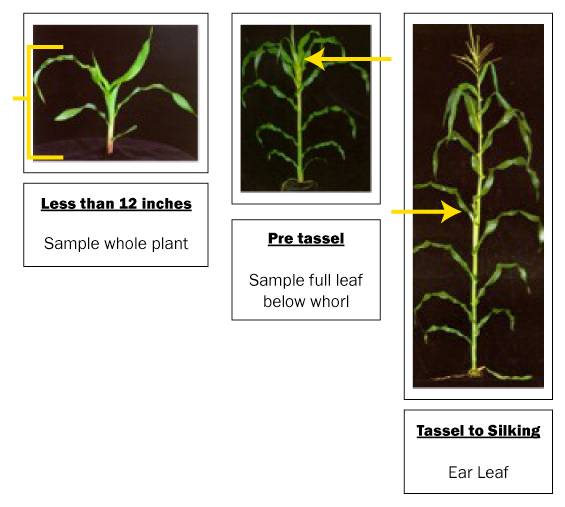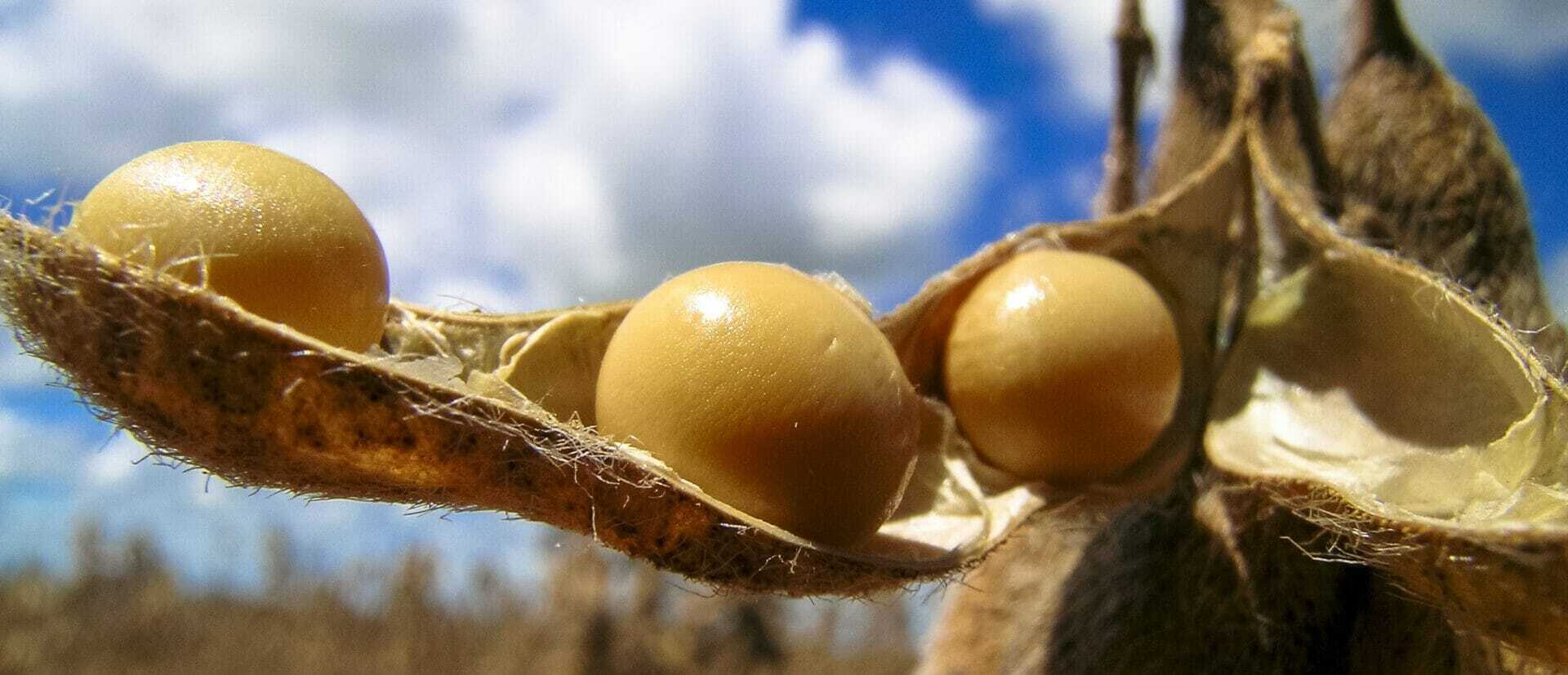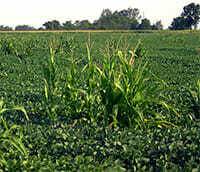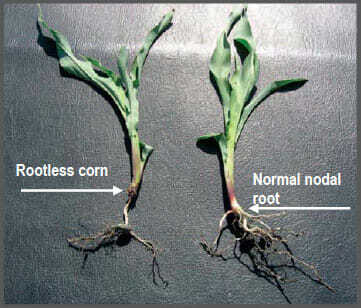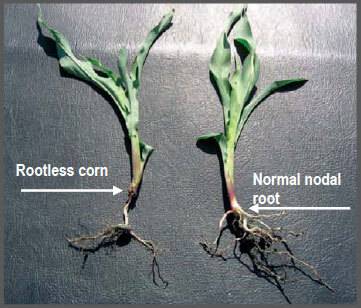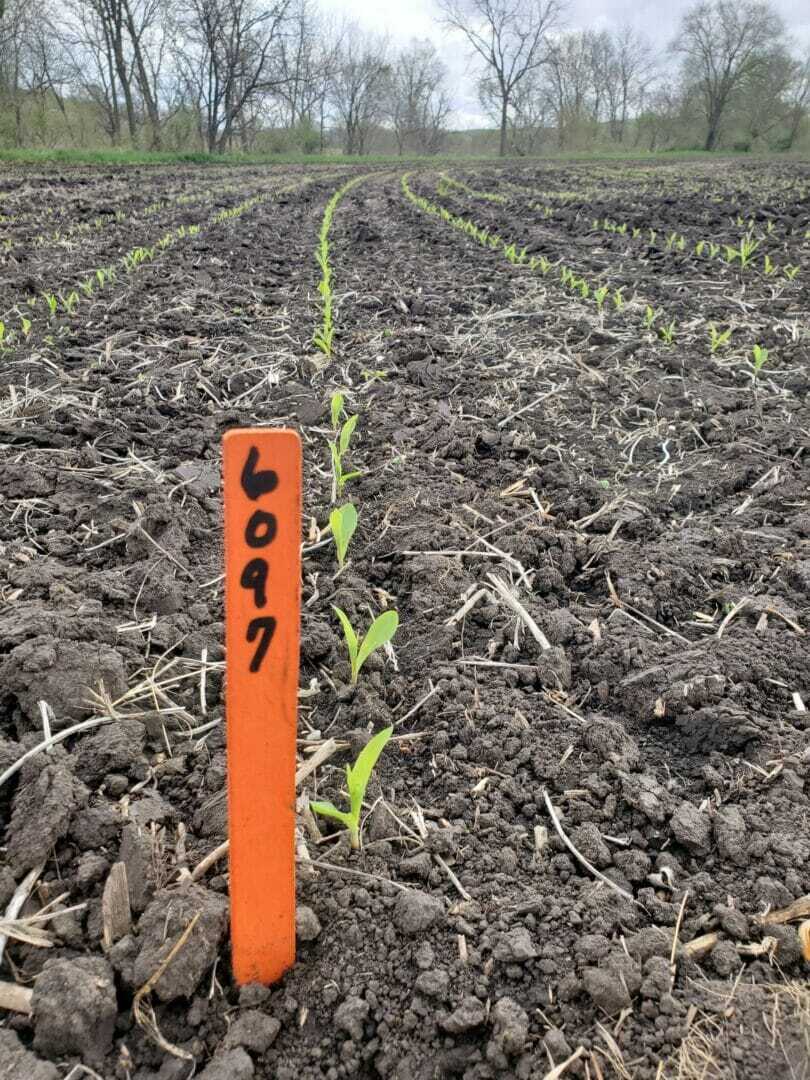A deep, dark, lush green isn’t always the sign of a healthy crop. Sometimes the plant appears healthy but is really suffering from nutrient imbalances. Other times we become suspicious when we see plants with light green colors, or interveinal stripes, and purpling. We begin to ask whether the discoloration is a sign of herbicide, disease or a nutrient insufficiency or imbalance. Further testing is needed to diagnose the situation.
In the human world, annual physicals help determine if we’re on the right health track. This involves blood tests to find out how we compare to the normal limits scale. Armed with the results, doctors can suggest diet changes, supplements or prescription medicines to bring our bodies into balance.
As important as blood tests are for humans, so are tissue samples for our crops. Results of the tissue sample will very accurately reflect the nutritional health of the plant and the soil in which the plant receives its food. While soil test results give a good idea of N –P – K levels, tissue samples are more reliable and trustworthy results.
Tissue samples provide us with the most accurate reflection of the soil and plant’s nutritional matrix. There are 16 essential elements responsible for plant growth and yield. Tissue samples help us know where the plant is so we know where we need to go. By starting early, we can supplement early. If you haven’t sampled in the past, try a field or two this year. Supplement where needed, and get those “WOW” type yields. Click here for tissue sampling instructions.
